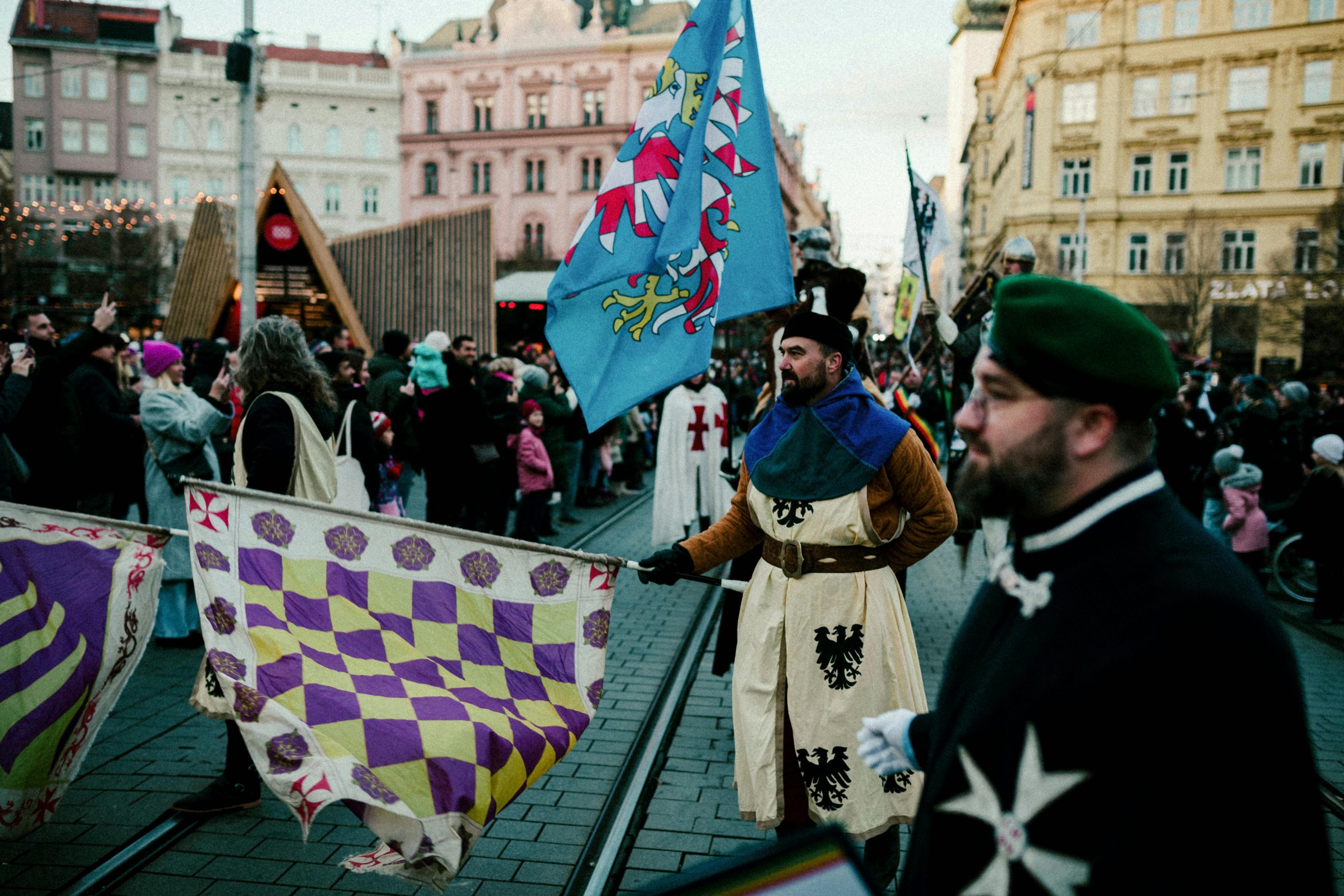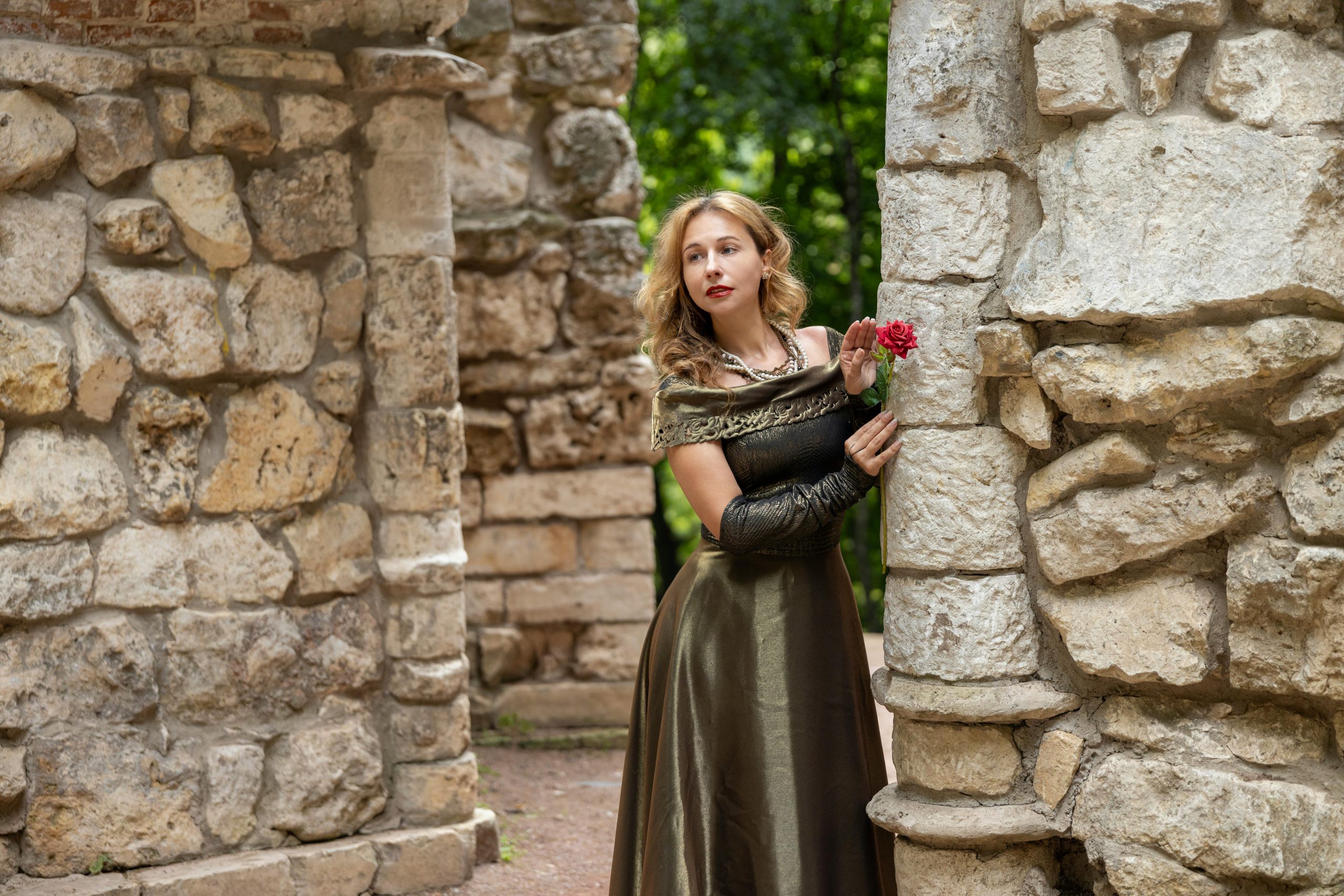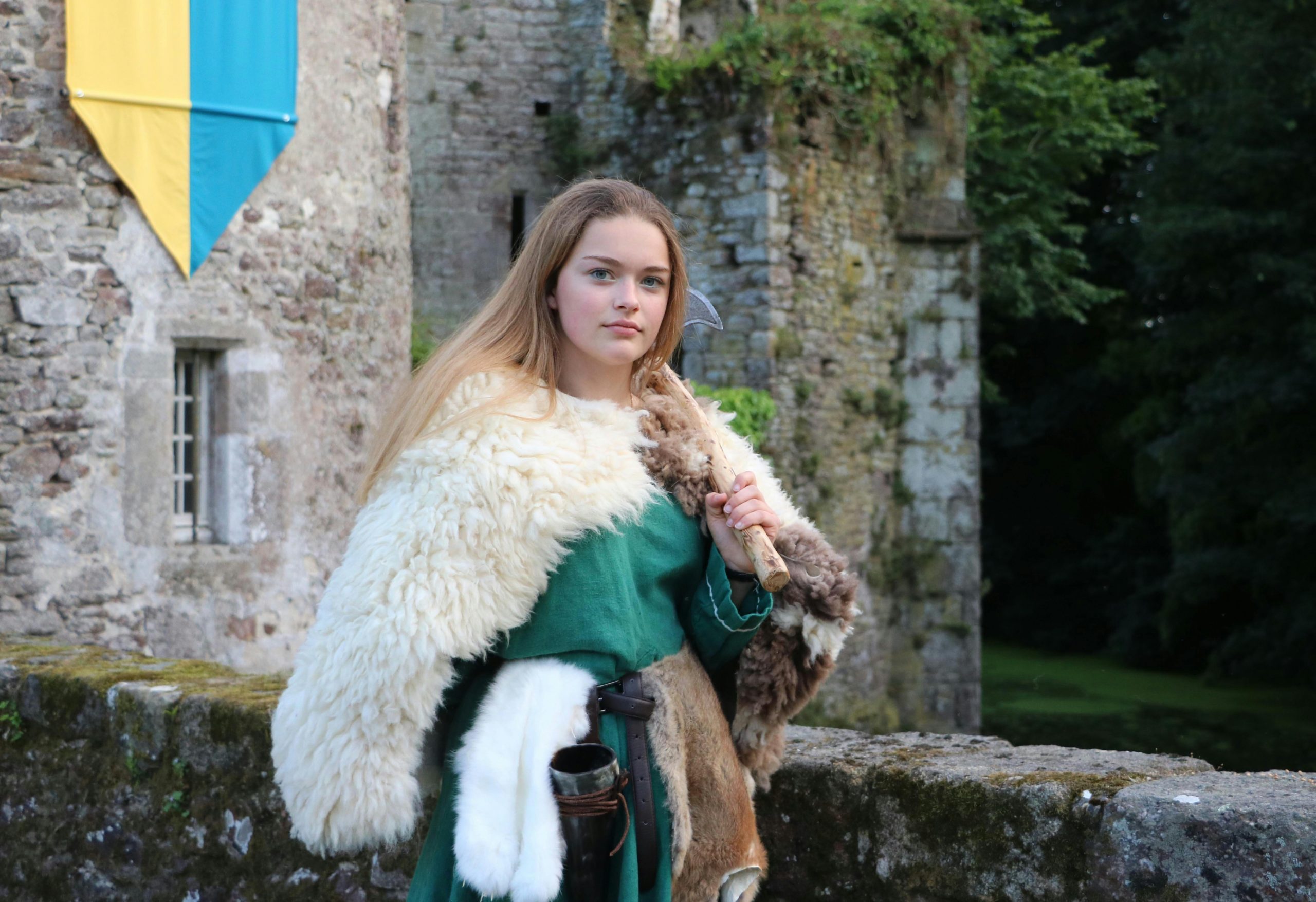
A Renaissance faire isn’t just a day out—it’s a chance to step into another world filled with knights, royalty, merchants, and magic. Whether it’s your first time or you’re a seasoned faire-goer, dressing the part enhances the fun and immerses you in the experience. But figuring out what to wear to a Renaissance faire can feel overwhelming, especially if you’re new to period costumes.
This guide breaks down everything you need to know, from affordable outfit options to authentic details that make your look stand out.
Why Your Outfit Makes the Experience Better
Renaissance faires are immersive experiences that celebrate history, creativity, and imagination. While you don’t have to wear a costume, it’s highly encouraged—and most attendees do. Dressing up helps you:
- Blend into the atmosphere: You’ll feel like part of the world instead of just an observer.
- Enhance your photos: Costumes make for memorable, Instagram-worthy moments.
- Join themed events: Some fairs offer costume contests, parades, or role-playing opportunities.
- Show creativity: Whether you go DIY or rent an outfit, it’s a great way to express your personal flair.
Even a simple outfit inspired by the period can make your visit more engaging and fun.
Understanding the Renaissance Faire Look
Renaissance faires typically draw inspiration from 14th–17th century Europe, though many fairs blend fantasy, medieval, and even pirate or fairy aesthetics. That means your outfit doesn’t need to be historically perfect—just inspired by the era.
Here’s what most people wear to blend in with the crowd:
- Peasant or villager attire – Simple, practical outfits with earth tones and linen or cotton fabrics.
- Royal or noble costumes – Elegant gowns, velvet robes, and embroidered tunics for a grand appearance.
- Pirate or adventurer looks – Loose shirts, belts, boots, and headscarves for a rugged, adventurous style.
- Fantasy-inspired ensembles – Add elven ears, fairy wings, or wizard cloaks if your faire allows fantasy themes.
What Men Should Wear to a Renaissance Faire
Men’s outfits can range from casual peasant looks to regal knightly attire. You can build a costume easily with modern clothes and a few creative touches.
Basic Elements for Men’s Costumes
- Shirt: A loose, long-sleeved “poet” or “pirate” shirt made of cotton or linen. White, cream, or muted colors work best.
- Pants or breeches: Avoid jeans—opt for drawstring pants, loose trousers, or knee-length breeches.
- Vest or doublet: Adds structure and period flair. Choose earthy or jewel tones like burgundy, forest green, or navy.
- Boots: Knee-high leather or faux leather boots look authentic. If unavailable, use dark work boots.
- Accessories: Belts, hats, and pouch bags help complete the look. A sword or mug adds character!
Character Ideas for Men
- Peasant: Linen shirt, simple vest, and leather belt.
- Knight: Tunic with chainmail or faux armor pieces.
- Merchant: Richer fabrics and layers, plus a pouch or coin purse.
- Pirate: Striped pants, open-collar shirt, and tricorn hat.
What Women Should Wear to a Renaissance Faire
Women’s costumes are often layered, flowing, and elegant. You can go as a humble villager or dress up as a noble lady, queen, or even a mystical character.
Basic Elements for Women’s Costumes
- Chemise or blouse: A white or cream undergarment with puffed sleeves is the foundation.
- Bodice or corset: Adds shape and creates that classic Renaissance silhouette.
- Skirt: Long and full, made from cotton or linen. Layer two skirts for added depth.
- Apron or overskirt: Great for a peasant look or to add color contrast.
- Shoes: Flat leather shoes, boots, or sandals. Avoid modern sneakers.
- Accessories: Flower crowns, belts, shawls, or jewelry help personalize your look.
Character Ideas for Women
- Peasant maiden: Simple skirt and blouse with earthy colors.
- Lady or queen: Velvet gown, jewelry, and gold accents.
- Wench: Corset, off-shoulder blouse, and layered skirts.
- Fairy or elf: Add wings or fantasy accessories if permitted.
Renaissance Faire Accessories That Complete the Look
The right accessories can elevate your costume and help you stand out.
Must-Have Accessories:
- Leather belt or pouch: Useful for carrying your phone, keys, and money.
- Headwear: Try flower crowns, hats, or circlets.
- Jewelry: Choose bronze, brass, or wooden pieces—avoid modern plastic.
- Cloak or cape: Adds drama and warmth for evening events.
- Tankard or mug: Clip it to your belt for a touch of authenticity.
Optional Extras:
- Props: Swords, daggers, scrolls, or staffs (foam or prop versions only).
- Makeup: Natural tones, or go creative with fantasy-inspired designs.
- Hair styling: Braids, ribbons, or loose curls fit perfectly with the theme.
DIY vs. Buying or Renting a Costume
Not everyone wants to spend hundreds on a Renaissance costume, and that’s okay. There are great options for every budget.
DIY Options
If you’re crafty or on a budget, you can easily piece together a costume:
- Use old blouses, skirts, or vests and mix textures like linen and suede.
- Layer clothes and add belts or shawls for dimension.
- Thrift stores often have hidden gems—look for earthy tones and natural fabrics.
Buying Ready-Made Costumes
- Online retailers and Etsy shops offer detailed Renaissance outfits.
- Costume stores often rent or sell pieces for one-time use.
- Read reviews to check quality and fit before purchasing.
Renting a Costume
Renting can be a perfect solution for one-day events:
- Saves money and closet space.
- Allows access to high-quality, detailed costumes.
- Great for families or groups attending together.
What Not to Wear to a Renaissance Faire
While creativity is encouraged at Renaissance faires, not every outfit fits the theme—or the environment. Some modern clothing choices can break the immersive atmosphere or make your day far less comfortable than it should be. Knowing what not to wear can save you from standing out for the wrong reasons or dealing with unnecessary discomfort.
Avoid Wearing:
- Modern T-shirts or jeans
Even if they’re comfortable, these pieces completely disrupt the historical illusion. Renaissance faires are about stepping into another time period, so modern logos, denim, and sneakers stand out instantly. If you prefer casual comfort, opt for simple linen pants or a loose tunic instead—they’re comfortable and fit the aesthetic.
- Uncomfortable shoes
You’ll likely spend hours walking across fields, gravel, or uneven ground. Avoid high heels, stiff boots, or anything that can cause blisters. Instead, go for soft leather boots, sandals, or moccasin-style footwear that looks authentic and feels supportive.
- Plastic accessories
Cheap plastic jewelry, sunglasses, or neon-colored items clash with the old-world feel. Try swapping them for wooden beads, metal cuffs, or leather belts—small details that enhance your costume and blend with the atmosphere.
- Heavy synthetic fabrics
Fabrics like polyester or nylon may look fine indoors but can become unbearable under the sun. They trap heat and restrict airflow, making you overheat quickly. Choose breathable materials such as cotton, linen, or lightweight wool for comfort and authenticity.
- Weapons with sharp edges
Even if you want to look like a knight or pirate, real or sharp-edged weapons are not allowed. Always use foam or event-approved prop weapons for safety. Check the faire’s official guidelines before bringing any props to ensure compliance.
- Overly revealing or non-thematic outfits
While some people love to get creative, extremely modern or revealing clothing can attract unwanted attention and detract from the event’s family-friendly environment. When in doubt, err on the side of modesty while still expressing your personal style.
Pro Tip: If you’re ever unsure whether your outfit fits the theme, look at photos from past Renaissance faires or check the event’s website for dress code suggestions. This ensures you’re comfortable, respectful, and fully immersed in the experience.
Dressing for the Weather
Faires often take place outdoors, so plan for comfort and practicality.
In Warm Weather:
- Choose breathable fabrics like cotton or linen.
- Wear light colors to reflect sunlight.
- Bring a fan or hat for shade.
In Cooler Weather:
- Layer with cloaks, shawls, or capes.
- Wear thermal undergarments if needed.
- Waterproof boots or cloaks help in rainy conditions.
Group & Family Costume Ideas
Dressing up as a group makes the experience even more fun!
Fun Themes to Try:
- Royal Court: Dress as a king, queen, and attendants.
- Village Folk: Everyone wears simple peasant outfits.
- Pirate Crew: Bandanas, boots, and plenty of attitude.
- Fantasy Realm: Mix elves, knights, and sorcerers for a magical theme.
Extra Tips for a Great Renaissance Faire Experience
- Check the faire’s theme: Some have specific weekends for pirates, fairies, or fantasy.
- Arrive early: You’ll have time to explore and take great photos.
- Stay hydrated: Costumes can get warm in the sun.
- Bring cash: Many vendors prefer it, especially for small purchases.
- Be respectful: Ask before taking photos of performers or other guests.
If you’re unsure about your outfit, remember—confidence sells the look! Even a simple costume can feel authentic if you wear it with enthusiasm.
Final Thoughts
Dressing for a Renaissance faire is about having fun and expressing creativity. Whether you’re a knight, a peasant, a pirate, or a fairy, your outfit helps you become part of the adventure. With the right mix of comfort, imagination, and attention to detail, you’ll look the part and fully enjoy the experience.
If you want to take your fair day to the next level, explore traditional foods, learn the etiquette of courtly manners, or try your hand at period crafts. Every little touch adds to the magic and makes your visit truly unforgettable.
So grab your cloak, lace up your boots, and step back in time—the Renaissance awaits!


